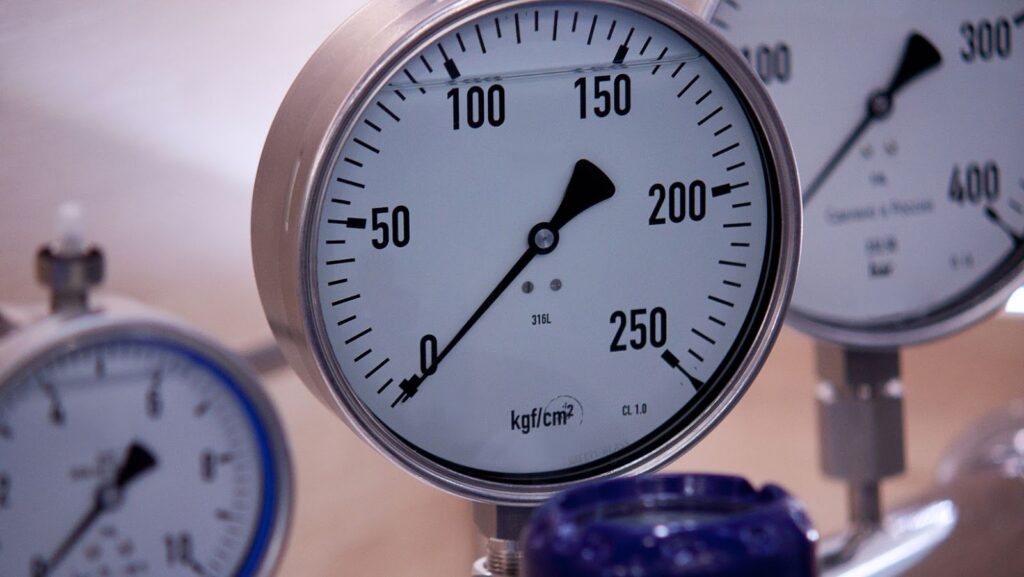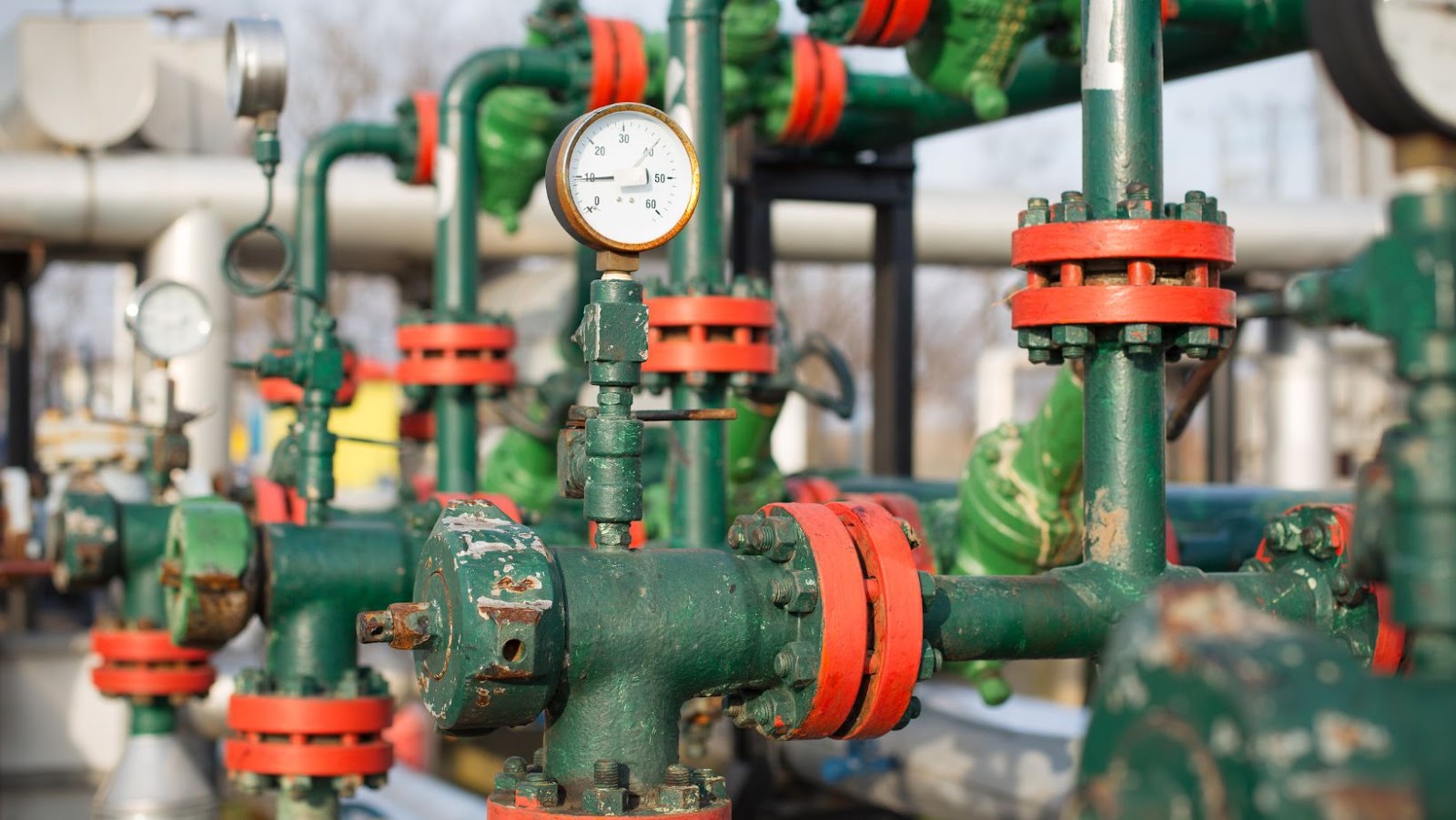
Rarely does an invention possess such a superior design that even centuries later, it remains unchanged. The standard pressure gauge is one such exception.
History and Definition
The Bourdon high pressure gauge, named after its French inventor Eugène Bourdon, was patented in 1849. Bourdon’s invention was the first gauge used to measure the pressure of gas or liquids interchangeably based on the same principle that causes a party horn to straighten when one blows into it, that a flattened tube will inflate and straighten when pressurized. The Bourdon gauge usually measures pressure relative to the local ambient air pressure. But in some use cases, it measures against what is known as absolute pressure, a calculation of a perfect vacuum. For example, a plane’s altimeter measures relative to “absolute pressure.”

Its exceptional simplicity and ease of use caused the Bourdon pressure gauge to go down in history as the standard pressure management tool across a large variety of applications and industries for almost two centuries up to the present day.
The Bourdon gauge usually measures pressure relative to the local ambient air pressure. But in some use cases, it measures against what is known as absolute pressure, a calculation of a perfect vacuum.
Modern Use Cases
Today Eugene Bourdon’s design and engineering work is put to practical industrial use everywhere for all kinds of purposes. Three important modern use cases are
- Vehicular pressure gauges
- Aeronautic pressure gauges
- Food production machinery gauges
Vehicles
Every modern vehicle, from cars to boats to planes, has several pressure gauges on the dashboard. The most prominent examples of mechanical systems and components that these gauges measure are
- Oil
- Engine coolant
- And air conditioning
Air Planes
Planes have complex sets of pressure gauges that help pilots monitor various metrics. Three of the most crucial pressure management systems in an airplane are the
- Altimeter
- Pitot-Static System
- V.S.I.

The altimeter uses pressure readings to measure the plane’s altitude relative to absolute pressure. The Pitot-Static System measures airspeed, and the V.S.I. gauge measures the plane’s vertical speed. All three pressure management systems are crucial to pilots’ ability to navigate safely and effectively.
Every modern vehicle, from cars to boats to planes, has several pressure gauges on the dashboard. The most prominent examples of mechanical systems and components that these gauges measure are
Food Industry
Food production facilities use pressure gauges to ensure that the factory machines are properly maintained and sanitized. Eugene Bourdon’s pressure gauge has played a crucial role in industrial development since just after the Industrial Revolution up to the present day. Due to its simplicity of design and function, as well as its extreme adaptability to a seemingly infinite range of specialty applications, the Bourdon pressure gauge is a publicly underrated but industrially foundational work of genius.



